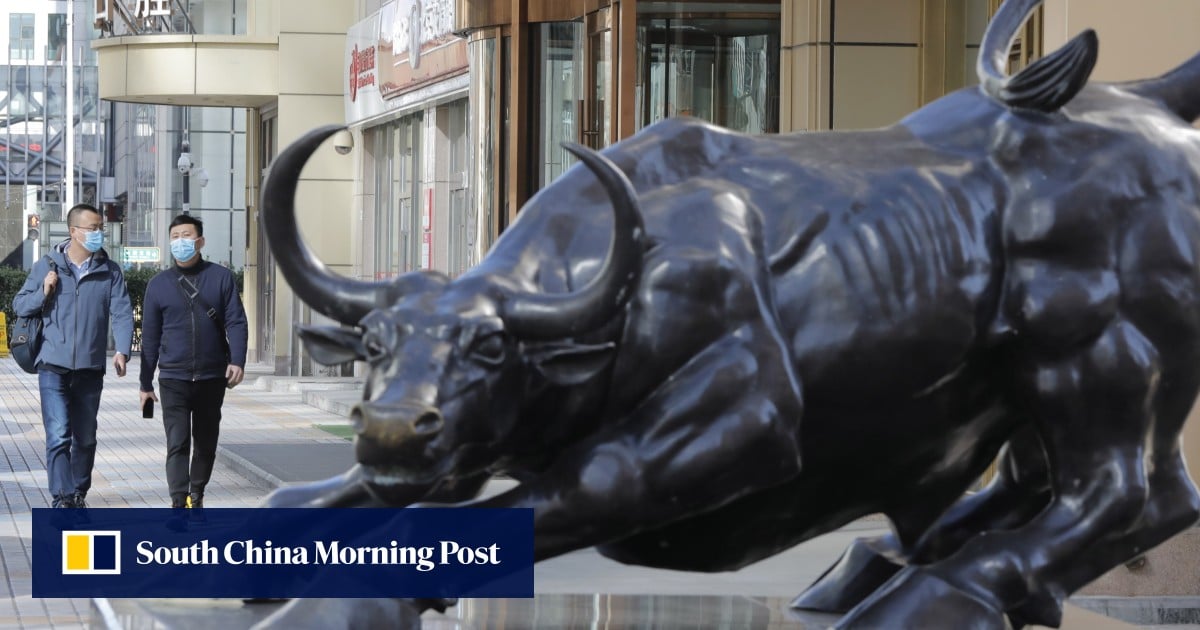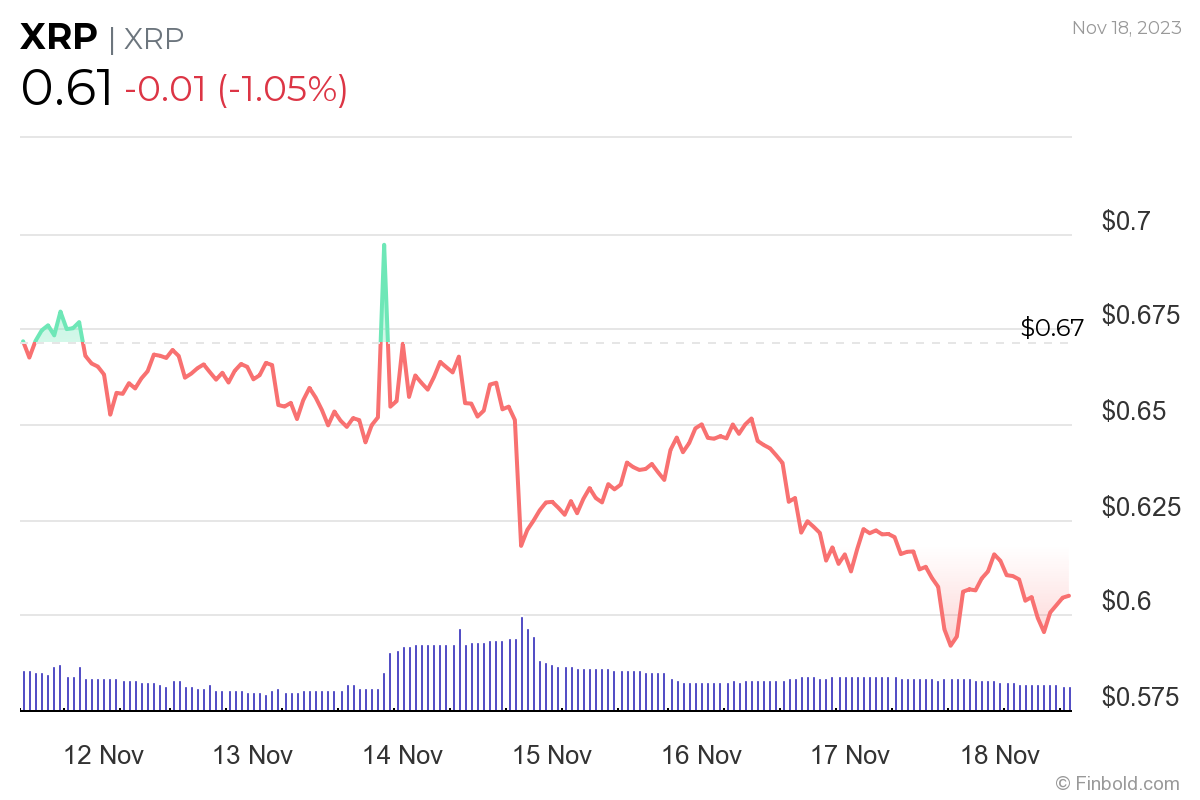Protecting Livestock From The Dangers Of Flooding

Table of Contents
Assessing Flood Risk and Developing a Preparedness Plan
Understanding your risk is the first step in protecting your livestock. A comprehensive flood preparedness plan is essential for minimizing losses and ensuring animal welfare during and after a flood.
Identifying Potential Flood Zones
Identifying areas on your property prone to flooding is crucial. This involves utilizing several methods:
- Utilize online resources: Many government websites and agencies provide detailed flood maps and risk assessments for your area. These resources can pinpoint areas with high flood probabilities.
- Consult with local authorities: Contact your local emergency management agency or agricultural extension office. They can offer valuable insights based on historical flood data and local expertise.
- Analyze property history: Review historical records of your property and surrounding areas. Look for evidence of past flooding events to identify high-risk zones.
Creating an Evacuation Plan
A well-defined evacuation plan is vital for the swift and safe relocation of your livestock during a flood. Your plan should include:
- Pre-determined transportation options: Secure trailers, ensure vehicles are in good working order, and identify high ground areas accessible to your vehicles.
- Establish communication protocols: Designate a point person for communication and establish contact methods (e.g., radios, cell phones) to ensure everyone is informed during an emergency.
- Prepare emergency kits: Pack essential supplies such as feed, water, medications, and any necessary tools for your animals.
- Identify temporary shelters: Locate safe, high-ground locations where your animals can be temporarily housed. Consider pre-arranging access to temporary shelters with neighboring farmers or designated emergency areas.
Building Flood-Resistant Structures
Investing in flood-resistant structures can significantly reduce the risk of livestock losses. Consider these modifications:
- Elevated platforms: Construct elevated barns, pens, and feeding areas to keep livestock above floodwaters.
- Reinforce existing structures: Strengthen walls, roofs, and foundations of existing buildings to withstand flood pressures.
- Install floodgates: Install floodgates at entrances to barns and other structures to prevent water from entering.
- Elevate feed and water sources: Raise feed storage and water troughs to prevent contamination from floodwaters.
Implementing Protective Measures During a Flood
Proactive measures during a flood can drastically improve animal survival rates.
Securing Livestock Before a Flood
Before floodwaters arrive, take these crucial steps:
- Move animals to higher ground: Relocate your livestock to elevated areas or designated safe zones immediately.
- Check and reinforce fences: Ensure fences are secure to prevent animals from escaping into floodwaters.
- Provide extra feed and water: Make sure your animals have ample supplies of food and water readily available.
- Administer necessary vaccinations: Consider administering preventative vaccinations to reduce the risk of disease outbreaks after flooding.
Emergency Procedures During a Flood
During a flood event, prioritize the safety of your animals:
- Use designated escape routes: Follow your pre-planned evacuation routes to move animals to higher ground quickly and efficiently.
- Prioritize animal safety: Focus on moving animals to safety, even if it means leaving behind some equipment.
- Contact emergency services: Seek help if you need assistance with evacuating your livestock or if your animals are injured.
- Check animals for injuries: After the flood, carefully examine your animals for injuries and provide necessary first aid.
Post-Flood Care and Recovery
Post-flood care is critical for preventing disease and ensuring the long-term health of your livestock:
- Clean and disinfect housing: Thoroughly clean and disinfect all animal housing and equipment to prevent disease outbreaks.
- Provide clean water and food: Ensure your animals have access to clean water and fresh food.
- Check for injuries and illnesses: Monitor your animals closely for any signs of illness or injury and seek veterinary assistance if necessary.
- Assess and repair damages: Evaluate the damage to your structures and equipment and make necessary repairs.
Insurance and Financial Assistance for Flood-Related Losses
Protecting your livestock also includes financial preparedness.
Types of Livestock Insurance
Different types of livestock insurance policies offer varying degrees of coverage for flood-related losses.
- Comprehensive livestock insurance: This type of policy offers broader coverage, potentially including losses due to floods.
- Flood-specific coverage: Some insurers offer add-on policies or endorsements for flood damage specifically.
- Potential limitations: It's crucial to carefully review your policy's terms and conditions to understand the extent of coverage for flood-related events and any exclusions.
Government Assistance Programs
Several government programs provide financial assistance to farmers experiencing livestock losses due to natural disasters such as floods.
- [Insert links to relevant government agencies and programs here]: Research programs offered by your local, state, and federal agricultural departments. These agencies often provide details on application processes and eligibility criteria.
Conclusion
Protecting livestock from the devastating effects of flooding requires a proactive and multi-faceted approach. By assessing flood risks, developing a comprehensive preparedness plan, implementing protective measures, and securing appropriate insurance, you can significantly minimize losses and safeguard the welfare of your animals. The impact of floods on livestock can be catastrophic, but with proper planning and preparation, you can mitigate the risks and protect your livelihood. Don’t wait for a flood to strike; take immediate steps to protect your livestock and build a resilient farming operation. Visit your local agricultural extension office or relevant government websites for more information on flood preparedness and livestock protection resources. Start protecting your livestock today – your animals' well-being depends on it.

Featured Posts
-
 Bse Share Rally Earnings Boost Expected
May 07, 2025
Bse Share Rally Earnings Boost Expected
May 07, 2025 -
 Chinese Stocks Surge Following Us Talks And Economic Data Release
May 07, 2025
Chinese Stocks Surge Following Us Talks And Economic Data Release
May 07, 2025 -
 Is Xrps 400 3 Month Rally Sustainable A Buyers Guide
May 07, 2025
Is Xrps 400 3 Month Rally Sustainable A Buyers Guide
May 07, 2025 -
 Winning Numbers Check The Latest Lotto Lotto Plus 1 And Lotto Plus 2 Draws
May 07, 2025
Winning Numbers Check The Latest Lotto Lotto Plus 1 And Lotto Plus 2 Draws
May 07, 2025 -
 Papez Francisek Na Trgu Sv Petra Blagoslov In Pozdrav Svetu
May 07, 2025
Papez Francisek Na Trgu Sv Petra Blagoslov In Pozdrav Svetu
May 07, 2025
Latest Posts
-
 Ekonomi Bakani Ndan Kripto Para Birimlerine Iliskin Yeni Uyari
May 08, 2025
Ekonomi Bakani Ndan Kripto Para Birimlerine Iliskin Yeni Uyari
May 08, 2025 -
 Kripto Varlik Yatirimcilarina Bakan Simsek Ten Oenemli Uyari
May 08, 2025
Kripto Varlik Yatirimcilarina Bakan Simsek Ten Oenemli Uyari
May 08, 2025 -
 Simsek In Kripto Varliklar Hakkindaki Aciklamalari Son Dakika Gelismeleri
May 08, 2025
Simsek In Kripto Varliklar Hakkindaki Aciklamalari Son Dakika Gelismeleri
May 08, 2025 -
 Bakan Simsek Ten Kripto Para Piyasasina Uyari Riskler Ve Oeneriler
May 08, 2025
Bakan Simsek Ten Kripto Para Piyasasina Uyari Riskler Ve Oeneriler
May 08, 2025 -
 Brezilya Bitcoin Yasal Maas Oedeme Yoentemi Olarak Kabul Edildi
May 08, 2025
Brezilya Bitcoin Yasal Maas Oedeme Yoentemi Olarak Kabul Edildi
May 08, 2025
